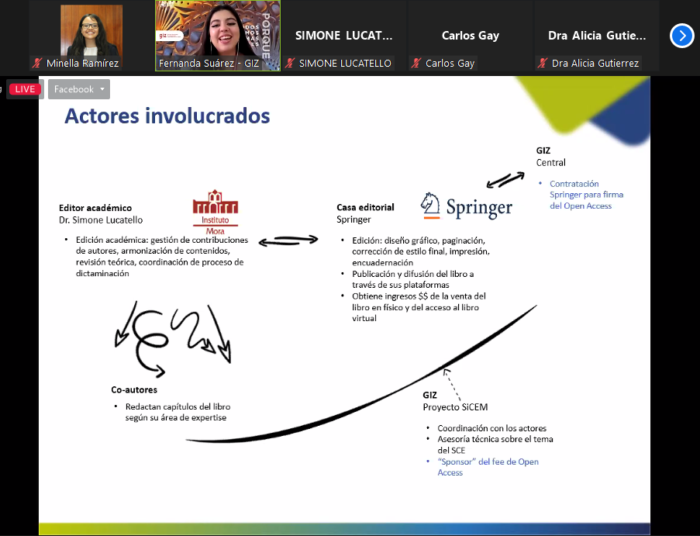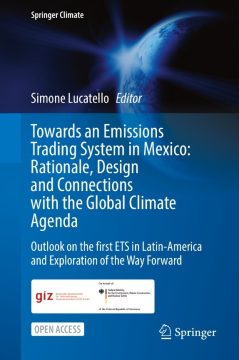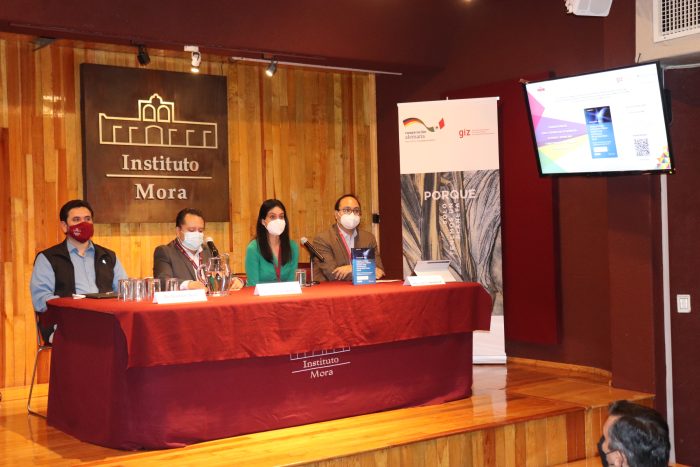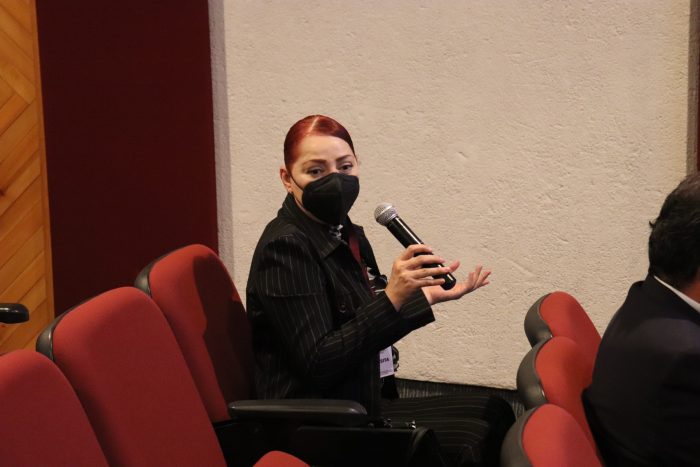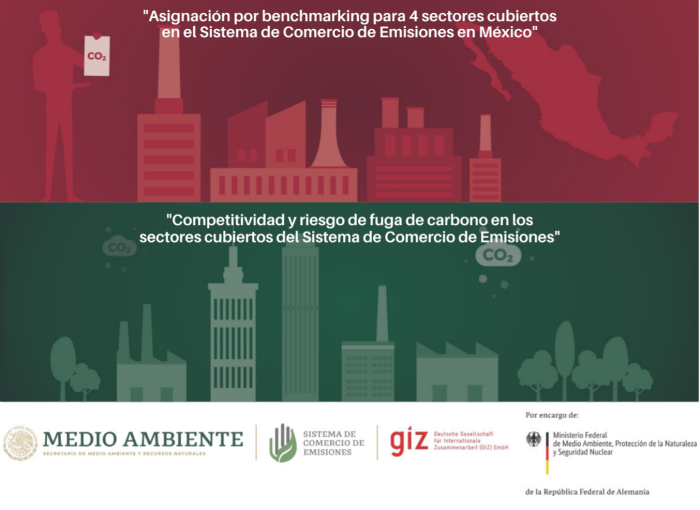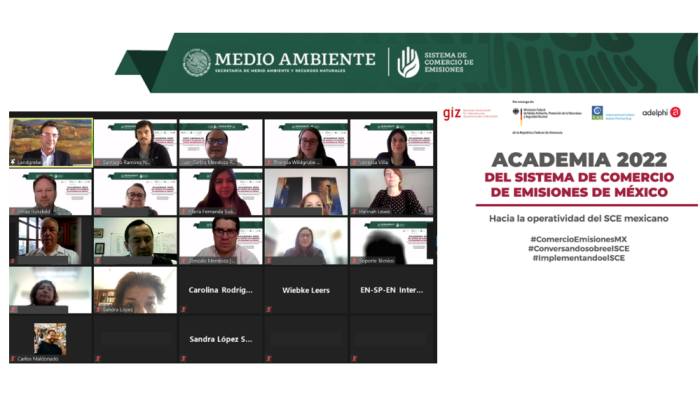The book “Towards an Emissions Trading System in Mexico: Rationale, Design and Connections with the Global Climate Agenda” is the result of a multi-stakeholder dialogue between the public, private and academic sectors about Mexico’s Emissions Trading System, the first in Latin America and the Caribbean.
The presentation of this work took place last Thursday, 20 October, during the 12th National Congress on Climate Change Research, an event hosted by the Climate Change Research Programme (PINCC) of the National Autonomous University of Mexico (UNAM). This year’s event focused on decision-making and public policy making, with the aim of reducing climate change risk and vulnerability.
Stakeholders involved in the production and design of the book, as well as the project “Preparation of an Emissions Trading System in Mexico” (SiCEM) of the Deutsche Gesellschaft für Internationale Zusammenarbeit (GIZ) GmbH, participated in the event, which was moderated by Dr. Simone Lucatello, book coordinator.
On behalf of the SiCEM project, María Fernanda Suárez presented the contextual framework under which this initiative was coordinated and formalised. Subsequently, Juan Carlos Mendoza highlighted the importance of international cooperation to strengthening dialogue and informed discussion through the development of mechanisms and tools that promote Mexico’s climate agenda.
From academia, Ms. Neydi Cruz from the Mora Institute highlighted Mexico’s participation in different international climate initiatives, as well as the benefits of international collaboration in climate change mitigation efforts. Finally, Dr. Alicia Gutiérrez from the Universidad Anáhuac reflected on the adoption of the system in the context of Mexico’s climate policy and legal framework.
The publication includes contributions from more than 20 authors who, through an interdisciplinary approach, combine theory and practice to provide a comprehensive perspective on the development of Emissions Trading in Mexico. The work was published by Springer in an Open Access format, thus seeking to promote open and plural access to the report for society and the public. So far, the digital version has been downloaded more than 32,000 times and can be consulted and downloaded free of charge through this link.
The SiCEM project seeks to create more spaces for informed and science-based discussion on the Emissions Trading System in Mexico. The participation of academia and civil society contributes to an open, plural and participatory debate on the design and operation of market instruments that seek to contribute to the fulfilment of Mexico’s climate goals.

